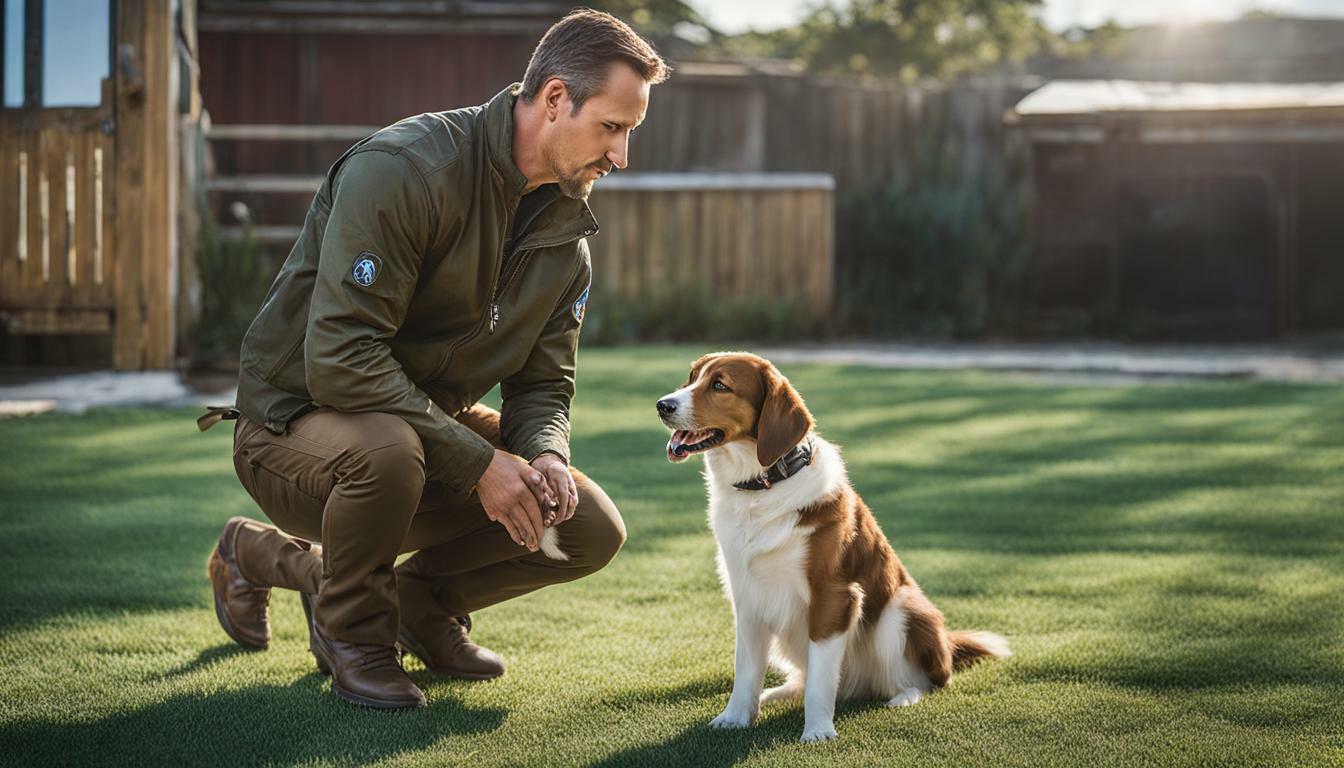As dog lovers, we are always trying to understand and interpret the unique ways our four-legged friends communicate with us. While we may not speak the same language, dogs use their body language to express their feelings and emotions. In this light and fun blog post, we’ll explore the fascinating world of canine communication to help you better understand your furry friend’s signals.
The Wagging Tail: More Than Just Happiness
When you think of a dog wagging its tail, you probably associate it with happiness. However, the tail can tell us so much more than just a dog’s emotional state. It’s essential to pay attention to the tail’s position and movement speed.
A slow, low wag indicates that a dog is feeling insecure or uncertain, while a faster wag suggests excitement or enthusiasm. A high, stiff tail wag may indicate aggression or tension. By observing your dog’s tail, you can get a better idea of how they’re feeling and what they’re trying to communicate.
The Eyes Have It
The eyes are the windows to the soul, and this is true for our canine companions as well. When your dog looks at you with those big, soulful eyes, they may be trying to tell you something. Dogs use eye contact to establish a connection, show affection, or convey trust.
A soft gaze accompanied by a wagging tail and relaxed body signals contentment and love. However, a hard stare with tense body language can indicate that your dog is feeling threatened or aggressive. Remember to always observe the entire context of your dog’s body language to accurately interpret their emotions.
The Art of Barking
Barking is one of the most easily recognizable forms of canine communication. Dogs bark for various reasons, including excitement, fear, boredom, and to get your attention. While it may be tempting to dismiss your dog’s barks as simple noise, each bark carries a unique message.
A high-pitched bark often indicates excitement or playfulness, while a low-pitched bark can signal a warning or protectiveness. By listening carefully to the tone and frequency of your dog’s barks, you can understand their needs and respond accordingly.
Canine Posture: Reading Between the Lines
A dog’s posture can provide valuable clues to their emotions and intentions. A relaxed, open stance signifies a happy and content dog, while a crouched, submissive posture may indicate fear or submission.
A dog displaying a dominant posture, with their chest puffed out and head held high, is asserting their authority and may be challenging you or another dog. Be aware of your dog’s posture to gauge their emotions and avoid potential conflicts.
The Power of Play: Bowing and Beyond
Play is an essential aspect of a dog’s life, and the invitation to play is a clear example of canine communication. The classic play bow, with the front legs extended and the rear end up in the air, is an unmistakable invitation to frolic and have fun.
Dogs may also use vocalizations, such as play growls, and gentle nips to entice you or another dog to join them in a game. Recognizing these playful gestures helps strengthen your bond with your dog and ensures you both enjoy quality time together.
The Universal Language of Love
Perhaps the most heartwarming form of canine communication is the universal language of love. Dogs are known for their loyalty, affection, and devotion to their humans. They show their love through various actions, such as cuddling, leaning against you, or resting their head on your lap.
These gestures of love are essential for maintaining a strong bond between you and your dog. So, take the time to reciprocate by giving your dog plenty of affection, attention, and praise.
Conclusion
Understanding your dog’s body language is an essential aspect of being a responsible and loving pet owner. By learning to interpret their tail wags, eye contact, barking, posture, and playful gestures, you can better communicate with your furry friend and strengthen your bond. Not only will this make your dog feel more secure and loved, but it will also enhance your relationship and make for a happier, more harmonious home.
Always remember to be patient and observant, as canine communication can be subtle and may require practice to fully comprehend. But with time, you’ll become an expert in decoding your dog’s emotions and intentions, making your life together even more enjoyable and fulfilling. So, keep your eyes and ears open, and get ready to dive into the fascinating world of canine communication!
Conclusion

Marissa Delotta, 36, from Dayton, Ohio, is the creative force behind Roverboard.com, a beloved online destination for dog lovers. As a dedicated mom and canine enthusiast, Marissa combines her family experiences with her love for dogs to offer a platform where dog owners can exchange tips, heartwarming stories, and advice. Her website has become a vibrant community for sharing the joys of dog parenting. In her free time, Marissa enjoys exploring dog parks with her family and volunteering at local animal shelters.





